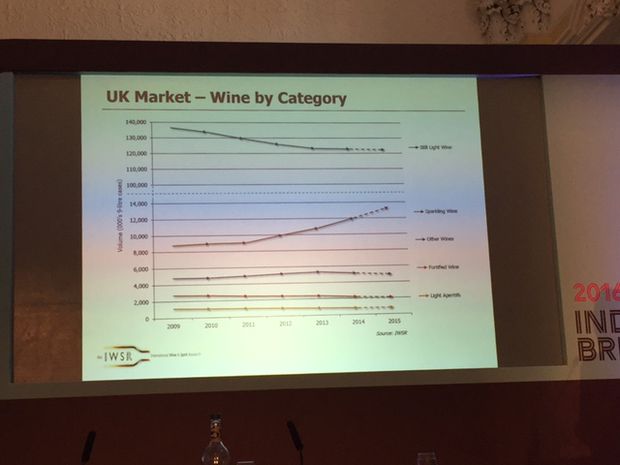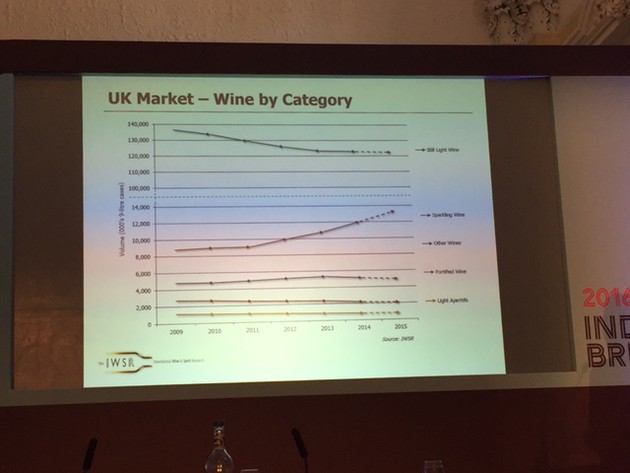
LWF: UK wine market major trends
Polarisation of premium and discount markets continues to be one of the key trends affecting the UK wine industry.
According to data from the IWSR, changing consumer behaviours driven by the growth of the discounters and the success in the premium category will continue to have a major impact on the multiples and other areas of the industry over the next few years.
The IWSR data was presented by Sophia Shaw-Brown at the final industry briefing of the London Wine Fair 2016, which showed the trends currently affecting the UK.
In terms of the off-trade, Shaw-Brown said: "Consumers are much more willing to spend on quality experiences while discounters are drawing customers from the multiples. Consumers continue to seek a connection with what they are spending their money on. It has a lot to do with the foodie boom and telling a story that consumers can relate to. Spirits have especially taken to this."
In response, she said, the multiples must adapt to changing consumer behaviours.
"What we're seeing now is that consumers are splitting their shopping habits: they're visiting the discounters for the basics, Tesco and other multiples for brands and butchers for quality meat meats.
"For too long the supermarkets have tried to be all things to all people and have been less willing to experiment. Supermarkets are losing their hold and are having to re-think their strategies."

|
 Data from the IWSR
Data from the IWSR
In the on-trade, the rise of casual dinning presents a host of opportunities for the wine sector.
"We have seen a huge rise in foodie culture, with pop-up restaurants and street markets. Wine is still seen as the drink to have with food so there is major potential there for the industry to take advantage of."
While globally, the wine market is set to see -0.03% annual decline from 2009 to 2019, (spirits +0.65), in the UK, wine is set to see +0.35% growth, (spirits +0.65%).
Again, the UK is set for volume growth with still, light wines which are set to grow by 0.4% between 2014 and 2020 in contrast to a declining global market.
The UK is still a key market for the top ten exporters countries worldwide.




